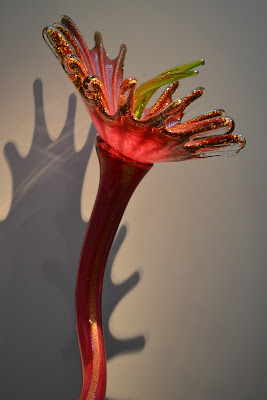With the vision and instruction of a professional photographer removed, these images often provide us with a clearer insight of the sitter's character, in a far more intimate setting.
Since this publication's release in 2002, there has been a noticeable increase in the use of the photobooth in modern media, with users craving the sense of nostalgia and lack of pretension which images of this type entail. For example, this music video by rock band The Dead Weather, demonstrates the contemporary use of the photobooth, as well as the freedom of expression encountered when utilizing it.
"Hang You From The Heavens" - The Dead Weather, 2009
"Indeed, the sitters are orienting themselves towards a future, composing themselves (in fact, they are gauging their own reflections in the pane of glass that intervenes between themselves and the camera), beholding themselves, looking at how they will be seen. They try on this pose and then that...addressing first themselves (there in the mirrored glass) and beyond that the intended other (girlfriend, boyfriend, parent, sibling, penpal, bureaucrat), but beyond that, well, something like the undifferentiated future - the faceless prostperity - us!" - Babbette Hines


















